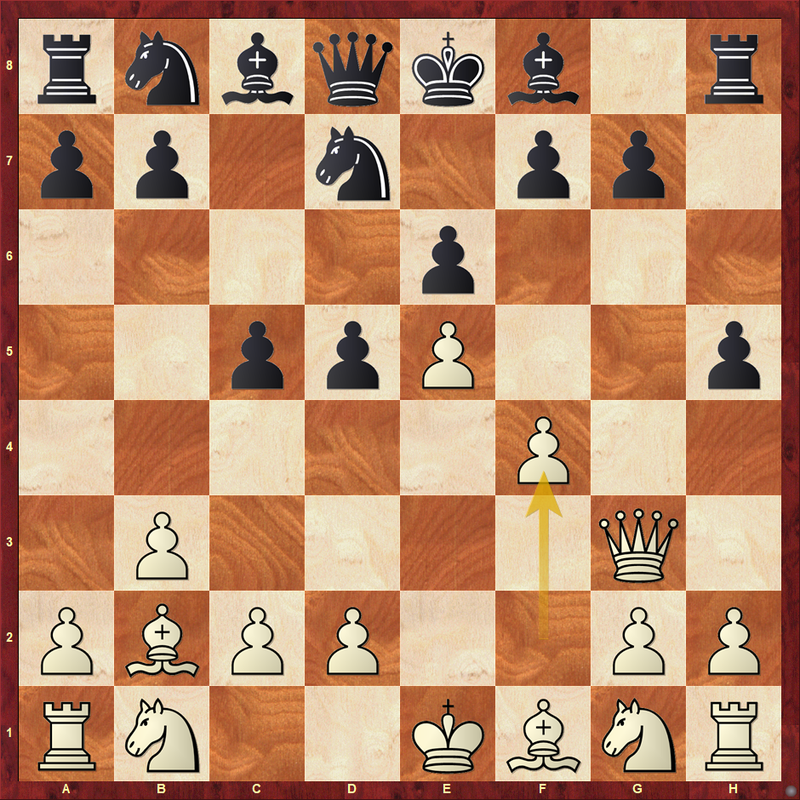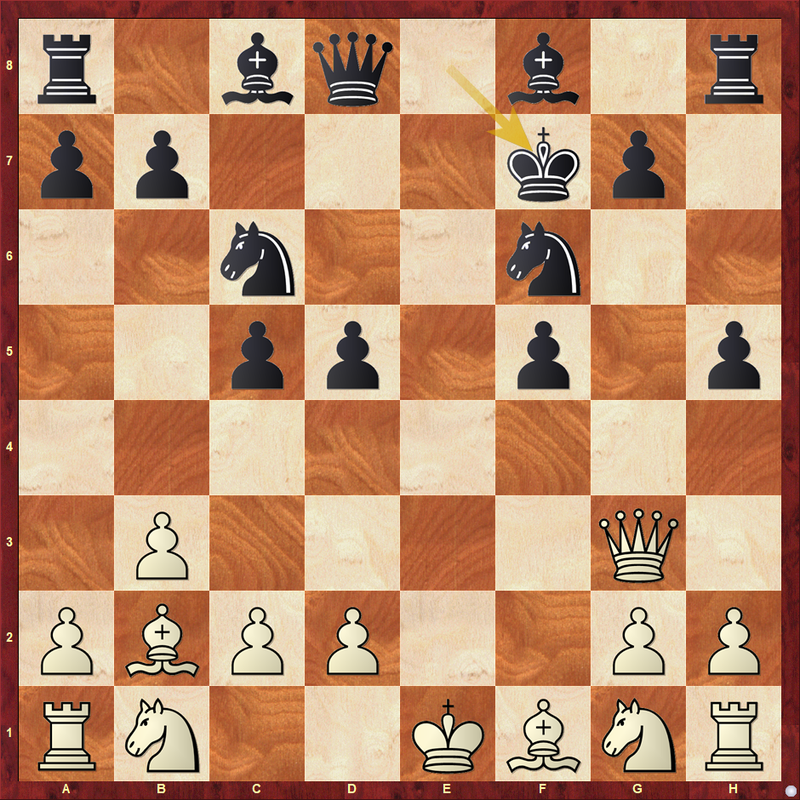
Typical mistakes - Defending against unsound attacks
This is the first post in a series of the most typical mistakes I encounter as a chess coach. I thought it might be useful to share it on this blog.OK, so let’s start with this one.
Defending against unsound attacks.
It is one of the most common mistakes I see. In fact, I just played a training game with a student yesterday where this problem came up.
After the opening moves, we had reached that position in our game. White has pushed f2-f4, and it is Black to move.

Of course, the natural developing move 7. - Nb8-c6 clearly stands out here, but instead my student played 7. - g7-g6(?).
The engine does not really condemn this move, because it causes no immediate harm; but in fact, it is a rather serious mistake, which shows a bad thinking habit.
Normally, when I play training games with students, I ask them to think aloud, so I can understand their thinking process. As it turns out, Black played g7-g6 because he was afraid of a possible 8. f5 push, and that after 8. - exf5 9. e6 White gets Qg6+ ideas with a dangerous attack.
So, after very little thinking, he put aside the sound developing move, and played a non-developing one, wasting precious time.
After the correct 7. - Nb8-c6, White should not try launch an attack, as it would be a misevalutation of the position. He is not ahead in development, and his king is not safer than Black’s.
If anybody, it is Black who has a slight lead in development: beside the two knights, he has the h8-rook partially developed. White has only the bishop and the queen in the game - and as we know, the queen is rather prone to drop tempi if she comes out so early.
What if White still tries it?
Unsurprisingly, the engine is absolutely disgusted by 8. f4-f5, and gives the following line, which is practically winning for Black:
8. f5? h4! 9. Qf4 (9. Qg4? exf5 10. Qxf5?? Ndxe5 -+) 9... exf5 −/+

Black has even other options to gain an advantage. For example, instead of the line above, Black can also play like that:
8... exf5 9. e6? Nf6 (9... Qe7 is also good) 10. exf7+ Kxf7 -+

Note how many ways Black has in that position to win a tempo on the white queen: Bf8-d6, Nf6-e4, h5-h4. Even Rh8-e8+ might come with a tempo later.
If you also have the tendency of being afraid of unsound attacks, try to work on it. When analysing your games, find those moments when you were worried about your opponent’s attacking possibilities, like a piece sacrifice or a pawn storm. Did your opponent have any preconditions for an attack, e.g. a lead in development, or the safer king? If not, then probably there was no reason to worry.
Check it with the engine whether it disapproves the attacking idea. If it does, you can try to take the opponent’s side and play out that suspicious attack against the engine, until you get perfectly convinced that it does not work. (Engines can be pretty convincing at that.) :)
It is important to get the right mindset here. If an attacking idea is unsound, you should actually hope that your opponent will play it. And remember: the best defence against any kind of attack is superior development. Only digress from development if you have a very clear reason to do so. Don’t give up on logical developing moves just because you see some ghosts.
I hope you have found that post useful. If you are looking for quality coaching to improve your game, you can check my availability by contacting me here or on hogata11@gmail.com, and we can arrange a free, non-committal video call to discuss your goals and get to know each other.

